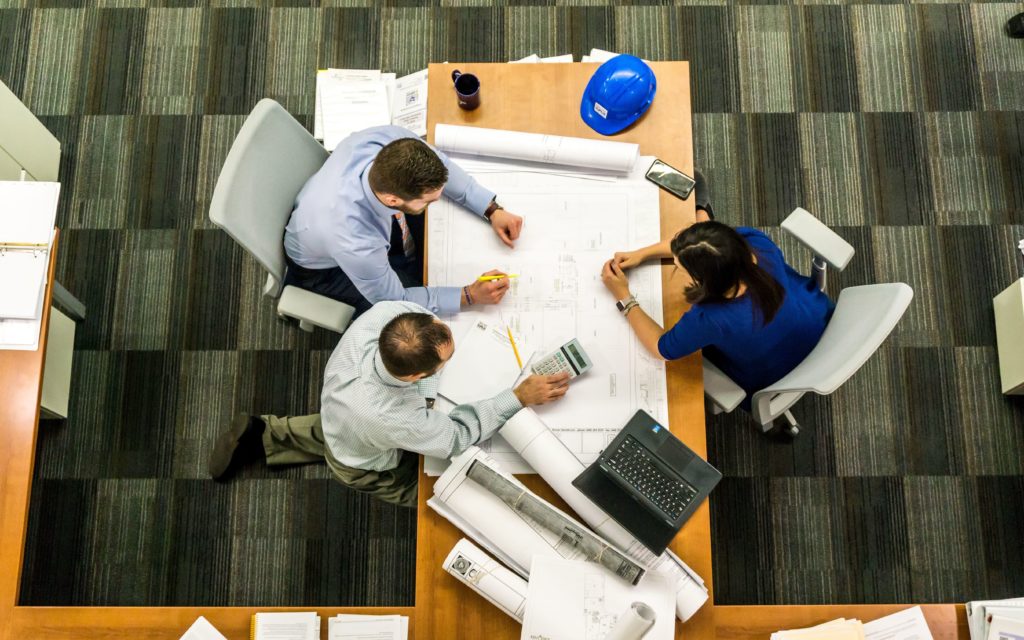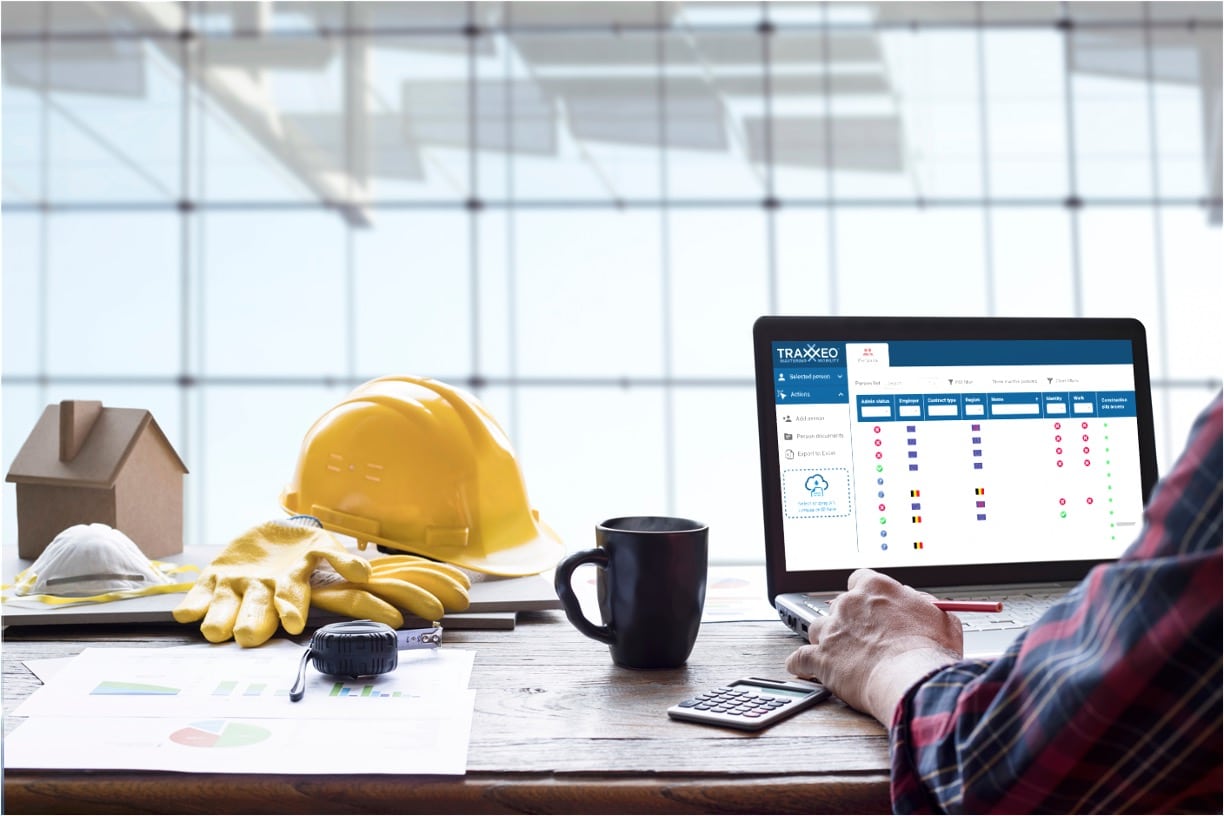Simplify Your Process: Construction Document Management Made Easy
Achieving Seamless Task Shipment: Designer's Comprehensive Approach to Building And Construction File Monitoring
In the world of architecture and construction, the precise orchestration of task aspects is critical to success. One vital aspect typically undervalued is the administration of building and construction files, which functions as the backbone of every task. construction document management. As architects browse the complexities of execution, design, and sychronisation, a comprehensive method to record monitoring becomes a cornerstone for attaining seamless task shipment. By studying the nuances of this process, revealing the important aspects, and checking out cutting-edge technological remedies, engineers unveil a path towards enhanced efficiency and cooperation within job teams. The fusion of accuracy, innovation, and collaboration develops the foundation of an effective architectural endeavor, elevating the importance of an organized file management strategy.
Value of Building And Construction Record Monitoring
Reliable building document management plays an essential function in making sure task success by assisting in seamless communication and company throughout the building procedure. By maintaining exact and up-to-date building and construction papers, designers can effectively communicate with professionals, subcontractors, and other stakeholders associated with the project. These papers function as a recommendation point for all parties, guaranteeing that every person is working from the very same set of info and lowering the probability of mistakes or misconceptions.
In addition, correct document monitoring can boost job efficiency, lower pricey delays, and eventually lead to the effective completion of construction tasks. Engineers that focus on building paper administration established a solid foundation for job success and show a dedication to delivering high-grade results.
Crucial Element for Effective Paperwork

Offered the vital function that precise and well organized building documentation plays in making sure job success, it is vital to recognize crucial elements that contribute to effective paperwork monitoring. To start with, clear and succinct communication is critical. All stakeholders need to recognize the documentation demands and have the ability to gain access to and translate the details quickly. Establishing standardized design templates and procedures makes sure consistency throughout all task papers. This includes calling conventions, documents frameworks, and modification control to avoid errors and confusion. Normal testimonials and updates are crucial to keep paperwork reflective and present of the project's progress. This practice helps determine any type of disparities or changes that require to be dealt with immediately. Last but not least, carrying out a robust record management system that permits for variation control, gain access to limitations, and audit routes greatly enhances the company and safety of project documentation. By integrating these vital aspects right into building and construction paper administration practices, architects can enhance procedures, minimize mistakes, and eventually add to the successful distribution of tasks.
Making Use Of Technology for Document Company
Leveraging innovative digital tools and software systems contributes in enhancing the company and availability of construction paperwork. look these up Architectural companies can simplify their file management procedures by executing specialized software application designed for the building sector. These devices offer features such as version control, cloud storage, and collaborative modifying capabilities, making it possible for employee to function on documents simultaneously and making sure every person has accessibility to the most up-to-date details.
One secret advantage of utilizing innovation for record organization is the capability to produce a central database for all project-related data. By storing records in a safe digital setting, architects can conveniently browse, fetch, and share details with stakeholders, minimizing the risk of version problems or lost documents. Furthermore, progressed software program options often incorporate metadata tagging and indexing functionalities, permitting users to categorize documents successfully and get them swiftly when needed.
Joint Strategies With Task Groups
To maximize job results, designers need to welcome joint approaches when dealing with task groups to make certain smooth communication and control throughout the building and construction process. Collaboration with task groups is crucial for designers to properly handle building and construction jobs. construction document management. By promoting open communication and teamwork among all stakeholders, designers can streamline decision-making processes, address possible problems proactively, and guarantee that everyone is straightened with the project goals
Architects ought to develop clear lines of communication with engineers, specialists, clients, and other key team participants from the outset of the project. Normal meetings, progress updates, and feedback sessions need to be set up to maintain every person notified and engaged. Utilizing joint job management tools can likewise facilitate real-time information sharing and file partnership, improving openness and effectiveness.

Finest Practices for File Variation Control

Conclusion
In conclusion, effective building and construction record monitoring is crucial for achieving seamless project distribution (construction document management). It is vital for architects to implement finest methods in file administration to successfully browse the intricacies of building tasks.
Reliable building document monitoring plays a crucial role in making certain project success by assisting in seamless interaction and company throughout the construction procedure. Additionally, appropriate file administration can enhance job effectiveness, reduce costly hold-ups, and eventually lead to the effective completion of construction projects.To enhance project outcomes, architects must embrace joint approaches when working with project teams to make sure smooth communication and control throughout the building procedure. Cooperation with task groups is vital for engineers to successfully manage construction tasks.In the realm of collective building project management, preserving precise control over record versions stands as a crucial method for guaranteeing project stability and cohesion.